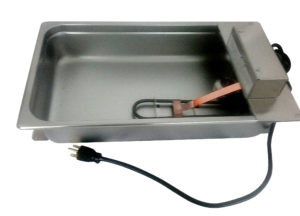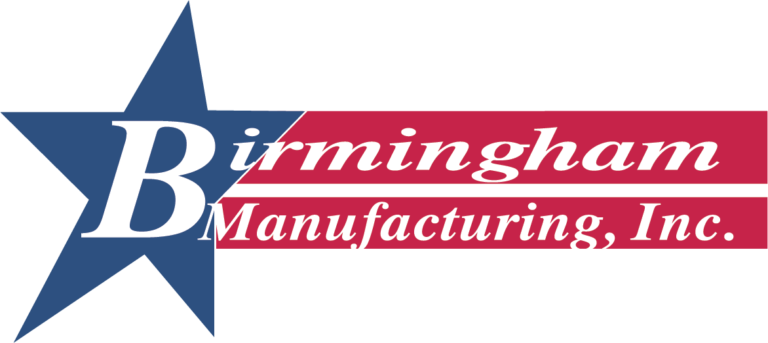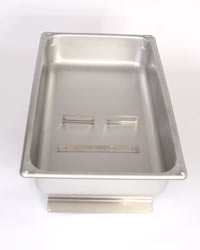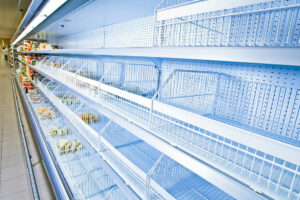Defrosting in commercial refrigeration units is regularly constrained by a preset time cycle, with most display cabinets timed to defrost after every 6 hours. It is broadly acknowledged that timed defrost may cause various defrost cycles, which reduces the refrigeration unit’s energy productivity, just as the precision of temperature control of the cases.
How does Defrost Start Forming?
Frost starts forming on evaporator coils by the water vapor noticeable all around air condensing and freezing when the surface temperature of the coils falls beneath 0°C. A small quantity of ice may further improve the heat transfer performance of the coils by expanding the surface area and surface roughness which instigates expanded turbulence.
Significant frost aggregation deteriorates the coil performance by decreasing the airflow and, along these lines, the refrigerating capacity of the evaporator. Keeping up with the store humidity at low levels, furthermore, using air curtains to forestall entrance of humid air into the display cases, lessens the rate of frost formation in display case evaporators partly, yet does not obliterate it because of the aggravation of the air curtains ornament by customers and staff stacking up the Reach-In Freezers.
Subsequently, frosting is a significant issue in retail refrigeration units and evaporators should be effectively defrosted intermittently to keep up with system performance and temperature control in the display cases.
Defrosting Techniques and Items Used
The most ordinarily used defrost techniques in display cases are hot or cool gas defrost furthermore, electric defrost. An electric defrost, the thermal power to dissolve the ice is given by an electric strip warmer, which is arranged across the coil’s face.
During defrost, the refrigerant supplied to the display case is turned off; the electric radiator is switched on; what’s more, the evaporator fans blow air which is heated through the coils, liquefying the ice from the coil surface.
This strategy for defrosting can be carried out in conventional, single compressor refrigeration units and complex refrigeration systems which are presently generally used in massive retail stores. These comprise three or four compressors connected in parallel, giving adaptability in system capacity control and maintenance.
Another benefit of complex refrigeration units over customary units is that they permit both hot and cool gas to defrost procedures to be executed.
The former includes hot gas flow from the compressor discharge manifold straightforwardly to the display cases though the latter uses cooler gas from the fluid receiver. The cool or hot gas is condensed in the evaporator, delivering heat that dissolves the ice from the coils.
During this interaction, the walk-in cooler evaporator fans are turned off to forestall water carry-over from the coil. The liquid refrigerant created in the display cases during defrosting is funneled back to the liquid manifold of the compressor pack for dissemination to the other display case circuits.
Complex refrigeration units supply refrigerant fluid to various display cases, which are piped in parallel. Hence, the quantity of refrigerated cases that can defrost is restricted to stay away from starvation of the compressors and system close down because of low suctions pressure.
The refrigeration units in most large stores are observed and controlled by a focal network supervisor. The supervisor contains all the individual case and cold room controllers, compressor pack controllers, condenser controllers and monitors pressure and temperature at different focuses in the system.
The supervisor or separate case controllers can start to defrost. As a rule, for simplicity of operation and commercial refrigeration maintenance, defrost is started at fixed time stretches. Defrost timely schedule of the display cases and the quantity of defrost cycles each day are set during store commissioning.
Whether gas or electric, defrost is ordinarily ended when a fixed defrost time passes or, on the other hand, when the cased evaporator air-off temperature reaches a set worth, whichever is sooner.
Defrosting includes applying heat to the coils to liquefy the frost, which penalizes refrigeration unit performance because energy is used during the defrosting measure while creating no helpful cooling. Besides, during the defrost cycle, the case and accordingly the product temperature transcends the put down certain boundaries for regular operation.
A defrost control system that defrosts the evaporator coils when the good frost has been framed to antagonistically influence their performance would prompt better temperature control and impressive energy savings.
Energy Use During Defrost
The exact determination of the energy consumption during the defrost cycle would require complete instrumentation to quantify the power consumption of the refrigeration packs during defrosting. It is fascinating, notwithstanding, to make a gauge of the energy burned-through during defrosting, and this can be founded on the following suppositions:
- Number of defrost cycles during a 24-hour time frame: 4
- Energy contribution during the defrost cycle: 3 kW (in light of electric defrost)
- Normal defrost time: 10 minutes
Higher defrost recurrence and longer defrost cycle length will increase further the expense of defrosting. This way, a significant change exists to apply more refined defrost control systems to save energy and improve temperature control.



